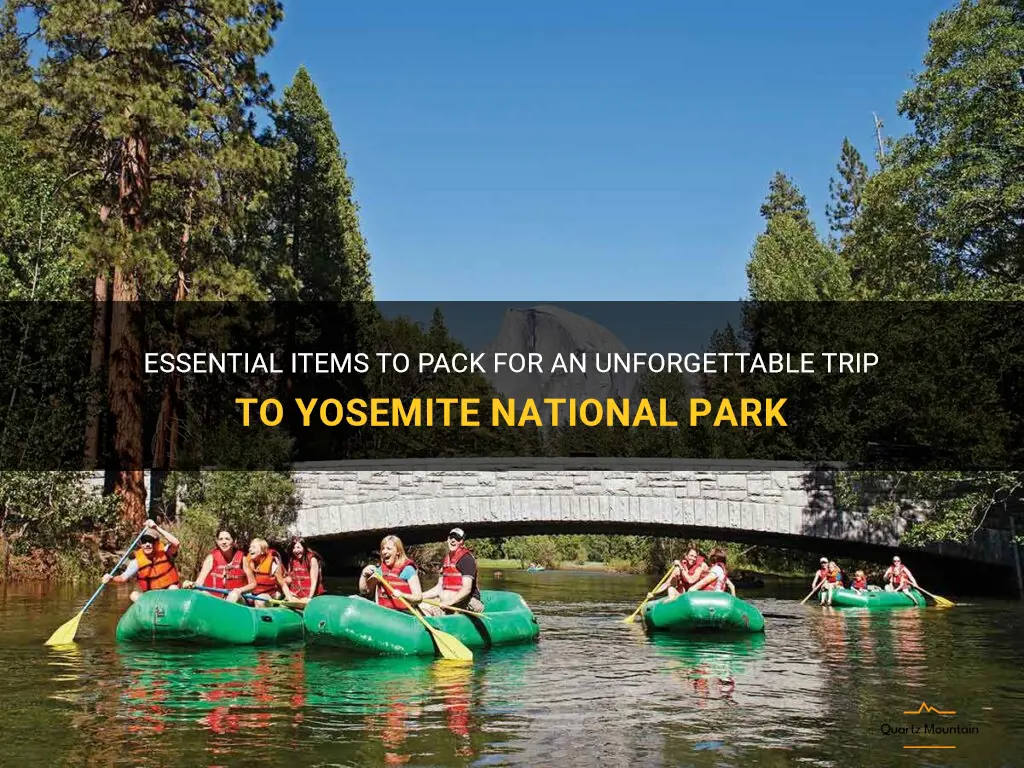
Are you planning a trip to Yosemite National Park? With its breathtaking natural beauty and diverse wildlife, it's no wonder Yosemite is one of the most popular national parks in the United States. But before you hit the road, make sure you're prepared with the essential items to make your trip unforgettable. From hiking gear to camping supplies, this guide will help ensure you have everything you need for an amazing adventure in Yosemite. So grab your camera, pack your bags, and get ready to explore this iconic park like never before.
What You'll Learn
- What essential items should I pack for a trip to Yosemite National Park?
- Are there any specific clothing items or gear recommended for visiting Yosemite?
- Are there any restrictions on what can be brought into Yosemite National Park?
- Is there anything unique to Yosemite that I should consider packing?
- Are there any recommendations for specific items or brands that are particularly useful for a trip to Yosemite?

What essential items should I pack for a trip to Yosemite National Park?
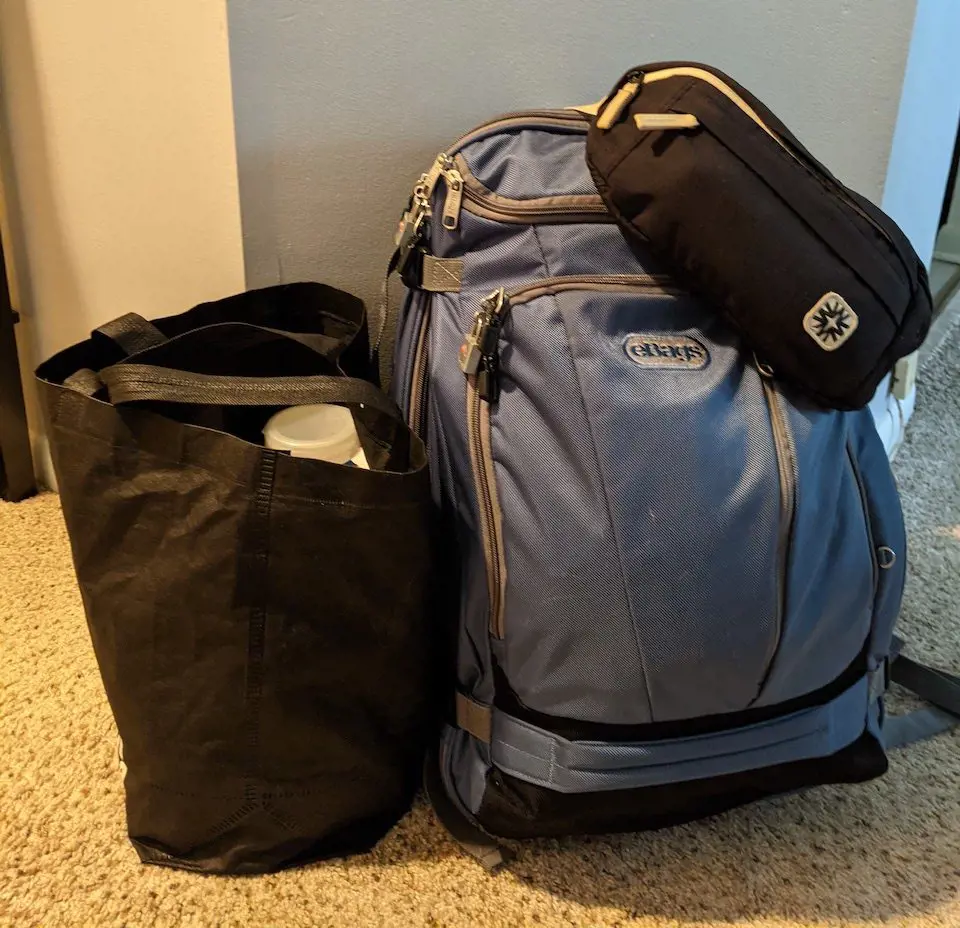
When planning a trip to Yosemite National Park, it is important to come prepared with essential items. Being properly equipped will not only ensure your comfort and safety but also enhance your overall experience in this beautiful wilderness area. Here is a list of essential items you should pack for your trip to Yosemite National Park:
- Clothing: The weather in Yosemite can vary greatly throughout the year. It is important to pack clothing suitable for both warm and cold conditions. Be prepared with layers of clothing including a waterproof outer layer, as rain showers are common in Yosemite. Don't forget to include comfortable hiking shoes or boots, as there are numerous trails to explore.
- Camping Gear: If you plan to camp in Yosemite, you will need to bring appropriate camping gear. This includes a tent, sleeping bag, sleeping pad, and camping stove. Make sure your tent is waterproof and able to withstand strong winds, as the weather can be unpredictable in the park.
- Food and Water: While there are restaurants and stores in Yosemite, it is advisable to bring your own food and water. Pack lightweight, non-perishable food items that are easy to prepare. Carry enough water to stay hydrated during your hikes and activities.
- Navigation Tools: Yosemite National Park is vast, so it is crucial to have navigation tools on hand. A trail map, compass, and GPS device can help you navigate through the park's diverse landscape. Familiarize yourself with the park's hiking trails and plan your routes in advance.
- First Aid Kit: Accidents can happen even in the most serene of places. Be prepared for minor injuries by bringing a well-stocked first aid kit. Your kit should include bandages, antiseptic ointment, pain relievers, insect repellent, and any personal medication you may need.
- Protection from the Elements: Yosemite is known for its stunning natural beauty, but it can also expose you to the elements. Sunscreen, sunglasses, and a hat are essential to protect yourself from the sun's harmful rays at high altitudes. Additionally, bring insect repellent to ward off mosquitoes and other biting insects.
- Entertainment and Creature Comforts: While Yosemite offers a chance to disconnect from the modern world, you may still want to bring some form of entertainment. Consider packing a book, card games, or a musical instrument to enjoy during downtime at your campsite. Additionally, don't forget personal toiletries and a good quality sleeping bag for a comfortable night's sleep.
By packing these essential items, you will be well-prepared to fully enjoy your trip to Yosemite National Park. Remember to also check the park's website or consult with park rangers for any specific recommendations or restrictions based on the time of year you plan to visit.
Essential Items to Pack for a Cross Country Trip with a Pop-Up Camper
You may want to see also

Are there any specific clothing items or gear recommended for visiting Yosemite?
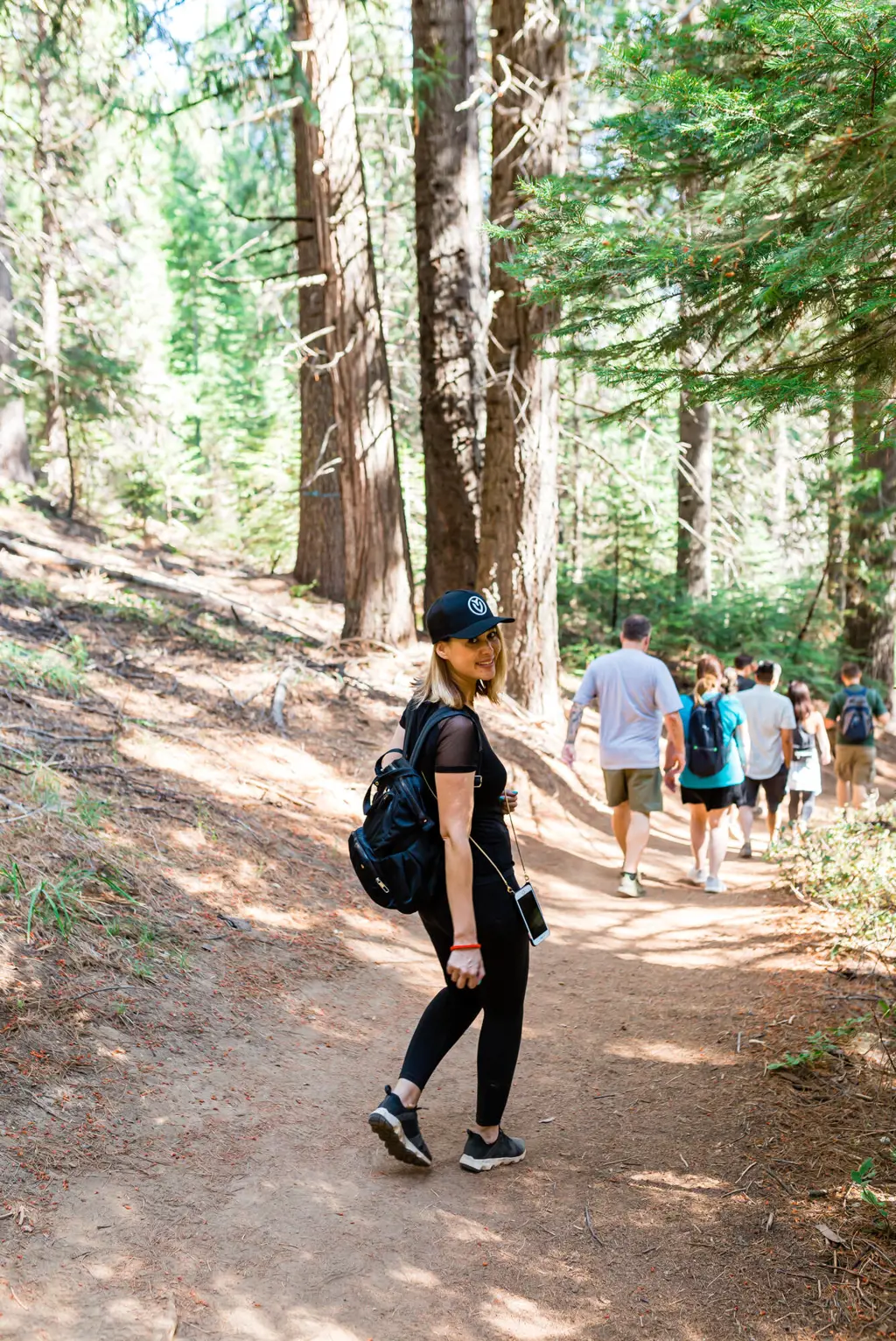
When planning a trip to Yosemite National Park, it is important to consider the appropriate clothing items and gear to ensure a comfortable and enjoyable visit. Yosemite's varied terrain and climate can present unique challenges, so it's essential to come prepared.
Clothing:
- Layers: Yosemite's weather can be unpredictable, with temperature fluctuations throughout the day. Layering your clothing will allow you to adjust to changing conditions easily. Start with a moisture-wicking base layer to keep you dry from sweat, followed by a mid-layer for insulation, and finally, a waterproof and breathable outer layer to protect against rain or snow.
- Insulating Jacket: Yosemite can get chilly, especially in the evenings and at higher elevations. Carry a lightweight, down or synthetic insulating jacket that can be easily packed and worn when needed.
- Hiking Pants: Choose lightweight, moisture-wicking hiking pants that provide freedom of movement and dry quickly when wet. Avoid jeans or cotton clothing, as they retain moisture and can lead to discomfort and chafing.
- Sturdy Footwear: Yosemite offers a variety of trails, ranging from easy paved paths to rugged backcountry routes. Invest in a good pair of hiking boots or trail shoes with ankle support and a grippy sole for traction on rocky surfaces.
- Socks: Pack several pairs of moisture-wicking, cushioned hiking socks to keep your feet dry and prevent blisters. Avoid cotton socks, as they can retain sweat and moisture.
Gear:
- Daypack: A comfortable and functional daypack is essential for carrying essentials like water, snacks, extra layers, sunscreen, a hat, and a map. Look for a pack with padded shoulder straps and a waist belt for added support and weight distribution.
- Water Bottle: Staying hydrated is crucial while exploring Yosemite. Bring a reusable water bottle and fill it at one of the numerous water stations throughout the park.
- Sun Protection: The sun's rays can be intense in Yosemite, even on cloudy days. Pack a wide-brimmed hat, sunglasses with UV protection, and sunscreen with a high SPF to protect your skin from sunburn.
- Trekking Poles: If you plan on tackling Yosemite's more challenging trails, consider bringing trekking poles. They can provide stability and reduce strain on your knees and joints, especially when navigating steep or slippery terrain.
- Binoculars: Yosemite's stunning landscapes and abundant wildlife make it a great destination for bird watching and spotting elusive animals. A pair of lightweight binoculars will enhance your experience and allow you to observe wildlife from a safe distance.
Remember, Yosemite National Park is a protected area, and certain regulations apply to preserve its natural beauty. Ensure you respect the park's guidelines and leave no trace by packing out any trash or waste.
In conclusion, a visit to Yosemite National Park requires appropriate clothing items and gear to ensure a safe and comfortable experience. Layered clothing, sturdy footwear, a well-equipped daypack, and sun protection are essential. By being prepared, you can fully enjoy and appreciate all that Yosemite has to offer.
Essential items to pack for a two-week vacation in Hawaii
You may want to see also

Are there any restrictions on what can be brought into Yosemite National Park?
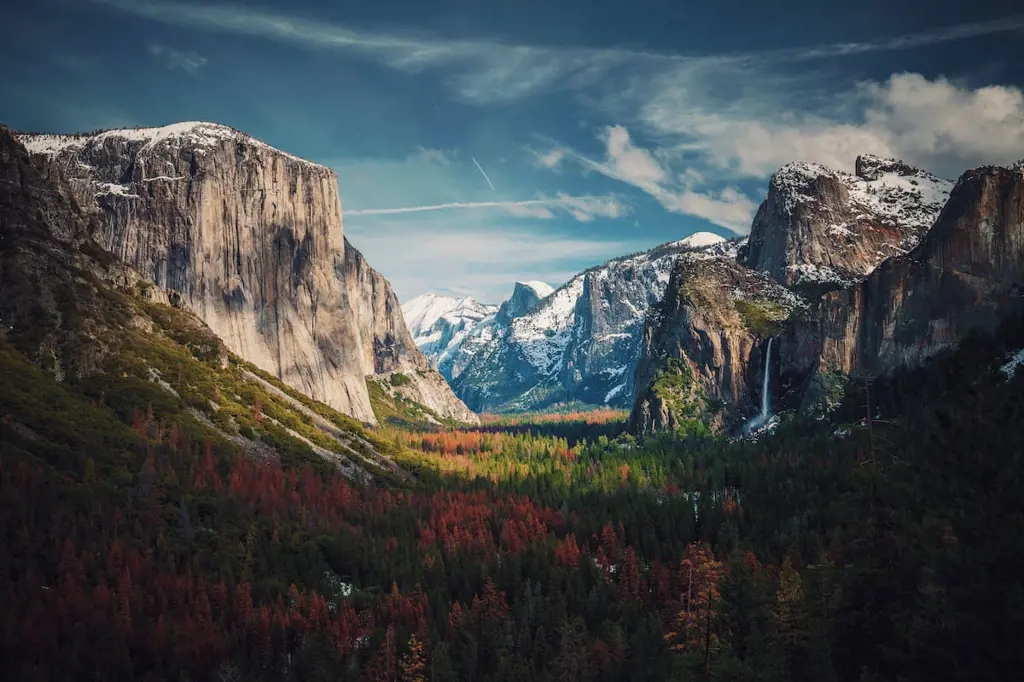
Yosemite National Park is a stunning natural wonder located in California's Sierra Nevada mountains. Known for its breathtaking landscapes, waterfalls, and diverse wildlife, Yosemite attracts millions of visitors each year. To ensure the preservation of the park's natural resources and the safety of both visitors and wildlife, there are some restrictions on what can be brought into Yosemite National Park.
One of the main restrictions in Yosemite National Park pertains to food storage. Due to the park's abundant wildlife, it is important to prevent animals from becoming habituated to human food. This means that all food, trash, and scented items must be stored properly in bear-resistant containers or lockers. These containers are available for rent at various locations within the park and must be used to store any items that may attract wildlife. It is crucial to follow these guidelines to protect both the animals and the visitors.
In addition to food storage, there are also restrictions on campfires and smoking in Yosemite National Park. Campfires are only allowed in designated campfire rings or stoves provided by the park. It is important to use the provided fire rings and stoves in order to reduce the risk of wildfires. Smoking is also prohibited outside of designated areas, as the dry vegetation in the park is highly flammable. These restrictions aim to protect the park's fragile ecosystem and ensure the safety of visitors.
Another important restriction in Yosemite National Park is related to pets. While pets are allowed in certain areas of the park, they must be kept on a leash at all times. This is to minimize both wildlife disturbance and the risk of pets becoming lost or injured. Pets are not permitted on hiking trails or in wilderness areas, as these areas are designated for the preservation of natural habitats. Additionally, pets are not allowed in park buildings or on shuttle buses, with the exception of service animals.
Finally, it is important to note that rock climbing and backcountry camping require special permits in Yosemite National Park. These permits help manage the number of visitors in sensitive areas and ensure the safety of climbers and campers. It is advised to familiarize yourself with the park's regulations and obtain any necessary permits before engaging in these activities.
It is crucial to follow these restrictions when visiting Yosemite National Park to preserve its natural beauty and protect its wildlife. Failure to comply with these guidelines can result in fines and may endanger the park's delicate ecosystem. By respecting the park's regulations, visitors can enjoy a safe and environmentally conscious experience in this incredible natural treasure.
The Ultimate Guide on What to Pack for New Caledonia
You may want to see also

Is there anything unique to Yosemite that I should consider packing?
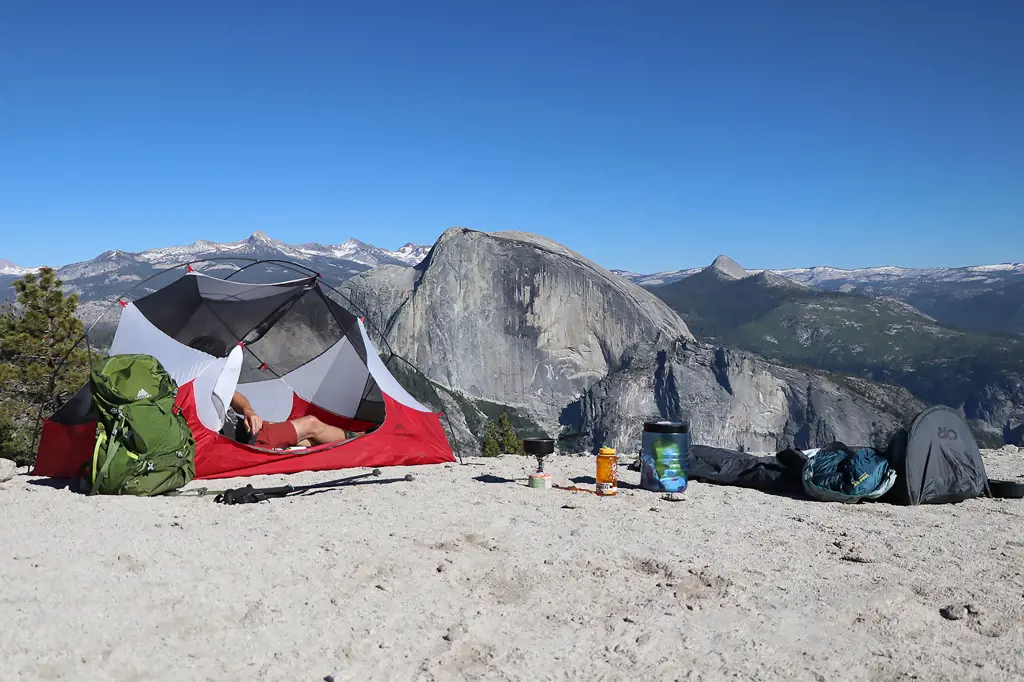
When preparing for a trip to Yosemite National Park, it is important to consider the unique aspects of the park and pack accordingly. Yosemite is known for its stunning natural landscapes and diverse wildlife, so being prepared will enhance your experience and ensure your safety. Here are some items you should consider packing for your trip to Yosemite.
- Hiking gear: Yosemite offers a plethora of hiking trails, from easy walks to challenging multi-day hikes. Make sure to pack sturdy hiking boots, moisture-wicking socks, and comfortable clothing suitable for different weather conditions. Additionally, a backpack with a hydration system, a map, and a compass or GPS device are essential for longer hikes.
- Bear-resistant food containers: Yosemite is home to black bears, and it is crucial to store your food properly to prevent bear encounters. The park requires visitors to use bear-resistant food containers when camping overnight or backpacking. These containers are designed to be bear-proof and prevent bears from accessing your food. It is important to follow park regulations and store all food in designated containers or bear lockers to protect both bears and humans.
- Insect repellent: Yosemite is also home to mosquitoes and other biting insects, especially during the summer months. Packing insect repellent with a high concentration of DEET or a natural alternative can help deter insects and prevent itchy bites. Additionally, wearing long-sleeved shirts and pants can provide added protection against bugs.
- Sun protection: The high elevation and abundant sunshine in Yosemite can lead to intense sun exposure. To protect your skin from harmful UV rays, pack sunscreen with a high SPF, a wide-brimmed hat, sunglasses, and lightweight clothing that covers your arms and legs. Sunburn can be a serious concern, even on cloudy days, so it is essential to stay protected.
- Camera and binoculars: Yosemite is known for its breathtaking vistas and diverse wildlife. Packing a camera with extra batteries and memory cards will allow you to capture the beauty of the park. Binoculars can also enhance your wildlife viewing experience, allowing you to see animals from a safe distance without disturbing them.
- Water filter or purification tablets: While there are water sources available throughout the park, it is important to treat water before consuming it. A portable water filter or purification tablets can help ensure that you have safe drinking water during your hikes or camping trips. This is especially important if you plan on backpacking or exploring areas without access to clean running water.
- Layered clothing: Yosemite's weather can be unpredictable, with temperature changes throughout the day and varying conditions at different elevations. It is advisable to pack layered clothing that can be easily adjusted based on the temperature. This includes a light jacket or fleece for cooler evenings and mornings, as well as a waterproof and windproof outer layer.
By considering these unique aspects of Yosemite and packing accordingly, you will be well-prepared for your trip and able to fully enjoy the park's natural beauty. Remember to check the park's website or talk to park rangers for any specific recommendations or restrictions during your visit. Happy travels!
The Essential Packing List for UCLA: Your Guide to What to Bring
You may want to see also

Are there any recommendations for specific items or brands that are particularly useful for a trip to Yosemite?

When planning a trip to Yosemite National Park, it's important to come prepared with the right equipment and gear. The park's diverse landscape and unpredictable weather can make for challenging conditions, so it's essential to have reliable and durable items that will enhance your experience. Here are some recommendations for specific items and brands that can be particularly useful for a trip to Yosemite:
- Backpack: A sturdy, comfortable backpack is essential for carrying all your gear while exploring Yosemite. Look for one with padded shoulder straps, multiple compartments for organization, and a water-resistant material. Brands like Osprey, Deuter, and The North Face are known for their quality backpacks.
- Hiking Boots: The trails in Yosemite can be rugged and uneven, so investing in a good pair of hiking boots is crucial. Look for boots that provide ankle support, have a durable sole for traction, and are made of waterproof material to protect your feet from moisture. Popular brands for hiking boots include Merrell, Salomon, and Keen.
- Waterproof Jacket: Yosemite's weather can change rapidly, and rain is common throughout the year. A waterproof and breathable jacket is essential to keep you dry and comfortable. Look for jackets made with high-quality materials like Gore-Tex or eVent, which are known for their water-resistance and breathability. Patagonia, Columbia, and Arc'teryx are reputable brands in this department.
- Binoculars: Yosemite is home to a variety of wildlife, including birds, deer, and even bears. Having a pair of binoculars will allow you to get a close-up view of these animals without disturbing them. Look for compact and lightweight binoculars with a high magnification power, such as those from Nikon, Bushnell, or Vortex.
- Water Filtration System: There are numerous streams and water sources in Yosemite where you can refill your water bottles. However, it's important to have a reliable water filtration system to ensure the water is safe to drink. Brands like Sawyer, Katadyn, and MSR offer a range of portable water filters and purifiers that are highly recommended for outdoor use.
- Headlamp: Yosemite's dark skies provide excellent stargazing opportunities, and having a headlamp will come in handy when navigating the park at night. Look for a headlamp with a long battery life, adjustable brightness settings, and a comfortable strap. Black Diamond, Petzl, and Princeton Tec are trusted brands for headlamps.
- Insect Repellent: Mosquitoes and other insects can be quite bothersome in certain areas of Yosemite, especially during the summer months. Be sure to bring along a reliable insect repellent to protect yourself from bug bites. Brands like DEET and Picaridin are effective at repelling mosquitoes and ticks.
Remember, these are just recommendations, and personal preferences may vary. It's always a good idea to do your own research and read reviews before making purchases to ensure that the products suit your needs. Investing in high-quality gear will enhance your experience in Yosemite National Park and ensure that you're well-prepared for the challenges that may come your way.
Essential Items to Pack for a Cove Haven Getaway
You may want to see also
Frequently asked questions
When packing for Yosemite, it is important to consider the weather as it can vary greatly throughout the year. In the warmer months, lightweight and breathable clothing is ideal, such as shorts, t-shirts, and hiking pants. However, it is always a good idea to bring a light jacket or sweater as temperatures can drop in the evenings. During the colder months, it is important to pack warm layers, including a heavy coat, gloves, and a hat, as temperatures can dip below freezing.
Having comfortable and sturdy footwear is crucial for exploring the various trails and terrains in Yosemite. It is recommended to bring hiking boots or sturdy walking shoes with good traction. Make sure your shoes are broken in before your trip to avoid blisters. If you plan on hiking longer distances or on more challenging terrain, it may also be beneficial to pack hiking socks for added comfort and support.
If you plan on camping in Yosemite, it is important to bring appropriate camping gear and equipment. This may include a tent, sleeping bag, sleeping pad, cooking supplies, and food storage containers. Additionally, you may want to bring a headlamp or flashlight for navigating your campsite at night, as well as a camping stove if you prefer to cook your own meals.
When hiking in Yosemite, it is important to be prepared and have the necessary items with you. Some essential items to pack for a day hike include a backpack, plenty of water, snacks or a packed lunch, a map of the trails, sunscreen, a hat, sunglasses, a first aid kit, and a whistle in case of emergencies. It is also a good idea to bring a camera to capture the beautiful scenery.
In addition to clothing, footwear, camping gear, and hiking essentials, there are a few other items to consider packing for a trip to Yosemite. These include a refillable water bottle to stay hydrated, insect repellent to protect against mosquitoes and other insects, a reusable bag for any trash or belongings, a swimsuit if you plan on swimming in any of Yosemite's lakes or rivers, and binoculars for a closer look at wildlife and scenic views. Additionally, don't forget to pack any necessary personal medications or toiletries.







